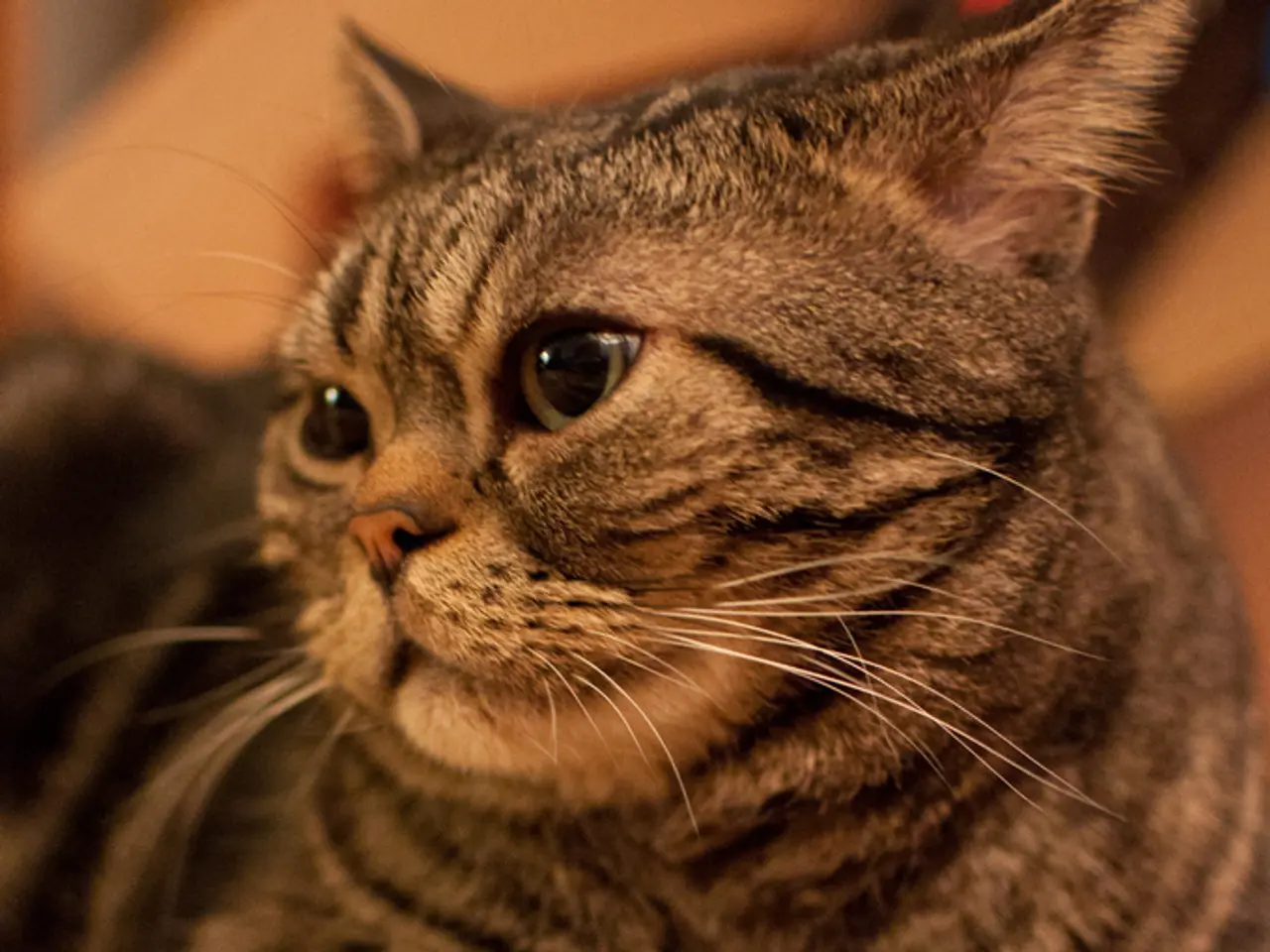Methods for Controlling Unwanted Feline Actions, Suggested by a Behaviorist
In the realm of feline behavior management, punishments like spraying water, clapping hands, or hitting are ineffective and can cause fear, anxiety, stress, and diminish a cat's trust. Instead, registered cat behavioral consultant Molly Kelsey, also known as The Cat Counsellor, advocates for a more understanding approach.
According to Kelsey, cats explore their environment naturally with their paws and mouth to understand their world. Therefore, instead of punishment, effective alternatives include interpreting and respecting cat behavior, addressing the underlying needs or stresses that may be driving it.
This approach aligns with best practices in feline behavior management, which typically recommend positive reinforcement for desired behaviors instead of punishment for unwanted ones. Environmental enrichment, providing acceptable outlets like scratching posts or interactive toys, and gentle behavioral therapy or desensitization techniques are also key components.
Kelsey advises rewarding good behavior with treats as an alternative to punishments. Reinforcing desired behaviors frequently can help to build a stronger bond between the cat and its owner. For instance, sitting calmly on the couch can be a desired behavior if allowed on the furniture, and should be rewarded.
Moreover, Kelsey suggests using cues to control a cat's movements. Teaching a cat simple cues like 'come', 'spin', and 'sit' can make it easier to direct them to an appropriate area.
Providing spaces for climbing, resting, and viewing in a cat's favorite areas can also help manage undesirable behavior. Kelsey advises taking a cat to the vet if they've started displaying unwanted behaviors suddenly, to rule out injury or illness.
The use of treats like Vital Essentials Freeze Dried Raw Cat Treats can help to manage and reduce undesirable behavior in cats. These treats, made with two ingredients—whole animal raw protein and a natural preservative—do not contain any nasty additives. They are high in protein and come in various flavors, such as tuna, chicken, salmon, and minnows.
In conclusion, understanding a cat's behavior and addressing the underlying needs or stresses is a more effective way to manage behavior than relying on punishment. By implementing positive reinforcement, environmental enrichment, and gentle behavioral therapy, cat owners can build a stronger bond with their feline friends and create a more harmonious household.
- For managing a cat's behavior, registered cat behavioral consultant Molly Kelsey recommends interpreting and respecting a cat's natural exploration of its environment.
- Effective alternatives to punishment include addressing the underlying needs or stresses that may be causing a cat's behavior, and using positive reinforcement for desired behaviors.
- Kelsey suggests rewarding good cat behaviors with treats, as this can strengthen the bond between the cat and its owner, and also reinforces desired behaviors frequently.
- teaching a cat simple cues like 'come', 'spin', and 'sit' can make it easier to direct them to an appropriate area.
- Providing spaces for climbing, resting, and viewing in a cat's favorite areas can help manage undesirable behavior.
- The use of treats like Vital Essentials Freeze Dried Raw Cat Treats, which do not contain any nasty additives, can help to manage and reduce undesirable behavior in cats, as they are high in protein and come in various flavors such as tuna, chicken, salmon, and minnows.




